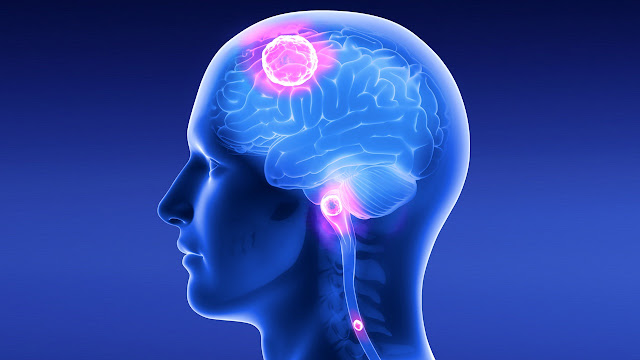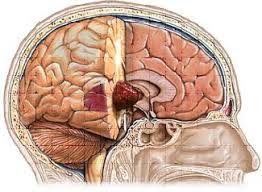Image Source-Google | Image by- | drraoshospitals
A X-beam figured tomography (CT) or attractive reverberation imaging (MRI) check is important to describe the degree of these growths (size, area, consistency). CT will generally show bending of third and horizontal ventricles with removal of foremost and center cerebral conduits. Histologic investigation is important for evaluating diagnosis.
In the main phase of determination the specialist will take a background marked by manifestations and play out a fundamental neurological test, including an eye test and trial of vision, equilibrium, coordination, and mental status. The specialist will then, at that point, require a CT sweep and MRI of the patient's cerebrum. During a CT filter, X-beams of the patient's cerebrum are taken from a wide range of headings. These are then consolidated by a PC, delivering a cross-sectional picture of the cerebrum. For a MRI, the patient unwinds in a passage like instrument while the cerebrum is exposed to changes of attractive field. A picture is created dependent on the conduct of the cerebrum's water atoms in light of the attractive fields. An exceptional color might be infused into a vein before these sweeps to give differentiation and make cancers more straightforward to identify.














